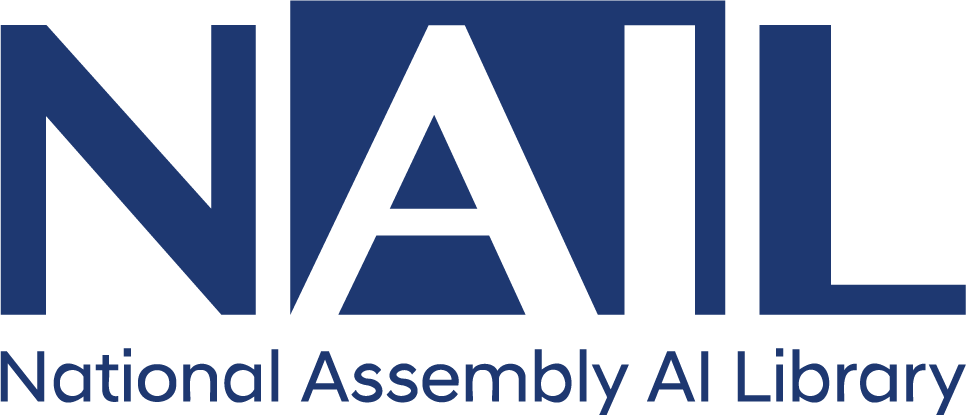목차
Title page 1
Contents 3
Glossary 5
Acronyms and Initialisms 7
Executive Summary 8
Introduction 13
Project Aims and Research Questions 13
Project Scope 13
Methodology 16
Research Challenges & Limitations 16
Research Findings 18
About the Industry 18
Supply Chain Profiles 18
Business Models 23
Demand for Energy Efficiency Services 26
Customers 26
Current demand 26
Future demand 27
Skills Assessment 28
Current Skills 28
Skills and Specialisms 28
Accreditation and Qualifications 30
Impacts of Lack of Skills or Accreditations and Employment Shortages 32
Future Skills 32
Deployment Trajectories for Upskilling the Labour Market 32
Groups to Retrain 33
Skills Change in the Future 34
From Fragmented to Holistic 34
Enablers and Barriers to Moving into EE Retrofit 35
Factors Impacting the Likelihood of Undertaking EE Retrofit Work 35
Factors Regarding Routes to Entry 36
Factors Regarding Training 37
Factors Regarding Supply Chain Capacity 39
Role of Government 41
Awareness of Government Messaging Around EE Retrofit 41
The Role of Government Schemes in the Sector 42
Training and Skills Funding 43
Conclusions 45
Defining the Supply Chain and Business Models 45
Skills and Accreditations Assessment 45
Increasing the Future Capabilities of Retrofit 45
Tables 14
Table 1. EE Measures within Scope 14
Table 2. Examples of typical EE measures 19
Table 3. Types of professions in EE retrofit supply chain 20
Table 4. Overview of estimated number of businesses in the EE retrofit supply chain 21
Figures 8
Figure 1. Schematic representation of research methodology 8
Figure 2. Schematic representation of research methodology 16



